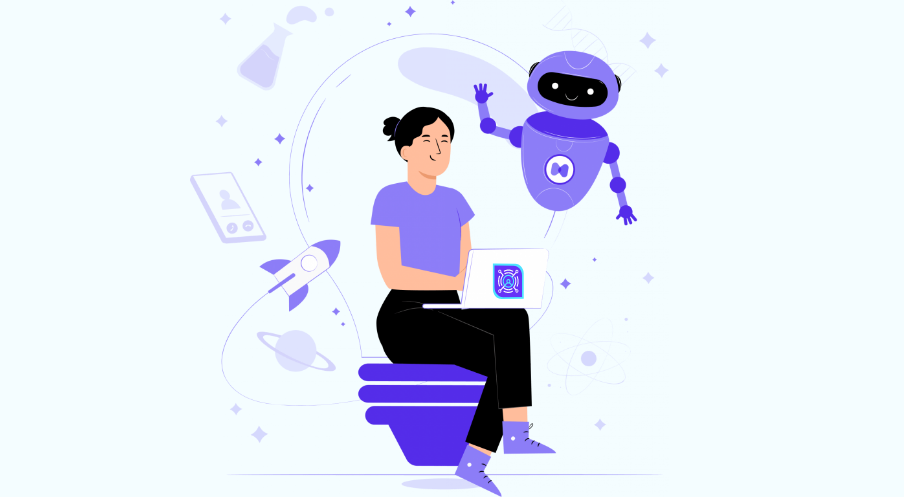Introduction
Recruitment stands as a pivotal aspect for any thriving organization, ensuring the acquisition of suitable talent to propel progress and ingenuity. With the emergence of artificial intelligence (AI), the recruitment landscape has undergone a transformative shift, prompting a reevaluation of conventional methods. This blog delves into the merits and drawbacks of AI in contrast to traditional recruitment approaches, offering insights into how businesses can navigate this dynamic terrain to secure the finest candidates for their teams.
Traditional Recruitment Approaches
Historically, traditional methods such as job postings, referrals, and face-to-face interviews have served as the cornerstone of recruitment practices. Despite providing a personalized touch and human discernment in decision-making, these methods often prove time-intensive and possess limited outreach. Furthermore, their subjective nature can inadvertently introduce bias into the hiring process, potentially impeding efforts toward diversity and inclusivity.
AI Integration in Recruitment
AI-driven recruitment tools, encompassing algorithms for resume screening and chatbots, have revolutionized the hiring process by streamlining operations and enhancing scalability. By harnessing data-driven decision-making, AI facilitates expedited and precise identification of top-tier candidates, outperforming traditional methods. However, the implementation of AI in recruitment is not devoid of challenges, including the absence of customization and susceptibility to algorithmic bias. Moreover, integrating AI into existing recruitment frameworks may necessitate initial investment and training initiatives.
Comparative Analysis
When weighing the effectiveness of AI versus traditional recruitment methods, it becomes imperative to factor in the specific requisites of each organization. While AI may be conducive to large-scale recruitment endeavors, traditional approaches might retain relevance for smaller enterprises or roles necessitating a personal touch. Many entities are embracing hybrid methodologies that amalgamate AI with conventional techniques to leverage the strengths of both paradigms.
Future Projections and Ramifications
As AI continues its march forward, the trajectory of recruitment holds promising prospects. Nevertheless, it is imperative to ponder the ethical ramifications of AI in recruitment, encompassing concerns related to algorithmic bias and data privacy. Regulatory frameworks may also evolve to ensure equitable and transparent hiring practices in the era of AI.
Conclusion
In summation, both AI and traditional recruitment methodologies possess their respective merits and demerits, with the optimal approach contingent upon the unique exigencies of each organization. By grasping the strengths and limitations of each modality, businesses can make judicious decisions to secure the most suitable candidates for their workforce.
Eager to revolutionize your recruitment endeavors with state-of-the-art AI technology? Discover the prowess of recruitRyte, our AI recruitment platform tailored to streamline your hiring processes and identify top-tier talent with efficacy. Embrace the future of recruitment today.
